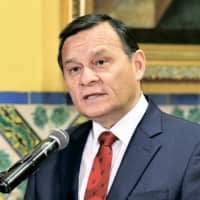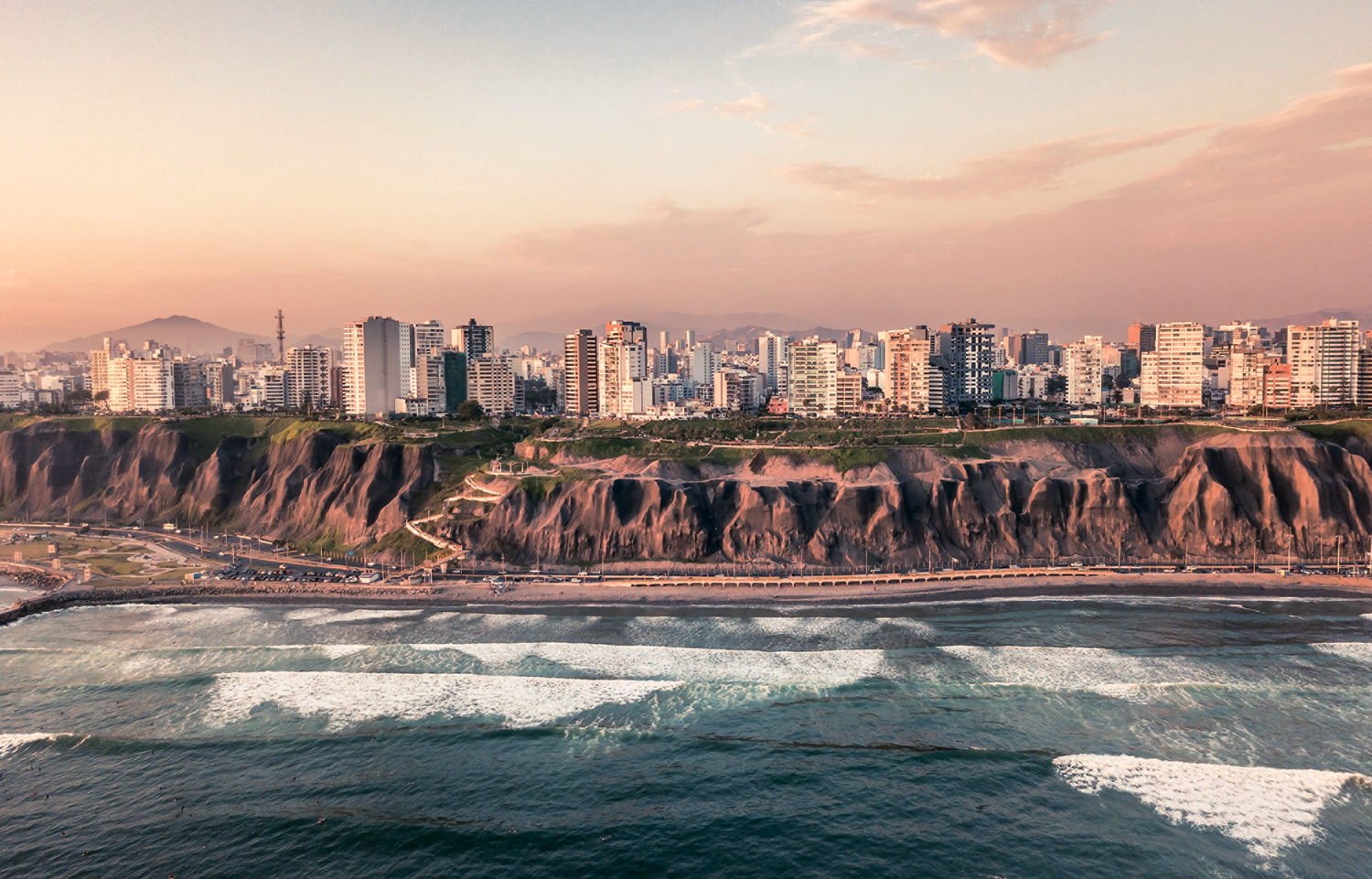For more than a decade, Peru distinguished itself as one of the fastest-growing economies in Latin America as it boasted an average annual gross domestic product growth of 6.1 percent from 2002 to 2013. However, from 2014 to 2017, its GDP growth slowed to an average of 3 percent, mainly because of a slump in global commodity prices, particularly copper, which is Peru’s leading export commodity.
Realizing it had to reduce the country’s dependency on the mining industry, historically the main pillar of the economy, the Peruvian government sought investments into other key industries, such as manufacturing, energy, tourism, nontraditional agro-exports and textiles. Such products have started gaining a larger foothold in Japan.
In 2018, Peru’s economy showed signs of renewed strength with GDP growing 4 percent as investor confidence grew following the passing of a new fiscal and tax framework aimed at improving the business environment.

To complement efforts to revive the economy, Foreign Trade and Tourism Minister Edgar Manuel Vasquez is promoting Peru’s products, as well as its cultural and tourist attractions around the world.
“It is an excellent signal to the world that these 11 countries are strengthening free trade, opening their markets and supporting this multilateral organization for trade,” Popolizio said.Meanwhile, Ambassador and former foreign minister Nestor Popolizio remains convinced that Peru will benefit from its membership in the Comprehensive and Progressive Agreement for Trans-Pacific Partnership.“We will always receive Japanese people with open arms. From our perspective, our relations are very positive. We have a very good relationship and good momentum. I want to send an important message that Peru is a land of opportunities,” Vasquez said.Given its long, shared history, Peru has put more focus on Japan, with which Vasquez hopes to form closer partnerships and generate new business.

“Our organization is committed to ensure that our members are getting the best terms of trade for their world-class products and further improve our produce and procedures for the world stage. We did it when we first exported satsumas to Japan this year and we will do the same for other types of citrus fruits that Peruvian producers and exporters proudly offer,” ProCitrus General Manager Sergio del Castillo said.Aside from its traditional industries, Peru’s agro-export industry has also grown significantly ever since the government opened the industry to international players in the early 1990s. At the start, local farmers had difficulty reaching overseas markets. Today, such birth pains are long gone, as producers and exporters formed into groups and cooperatives to better connect with foreign customers and negotiate better terms of trade, while driving down costs and prices.
More than a century of shared history
In 1899, the first group of Japanese immigrant workers came to Peru on the ship Sakura Maru and since then, the influx of Japanese continued. Today, the descendants of those Japanese immigrants — known as Nikkei — number over 100,000 and have made very valuable contributions to Peruvian society. Among the most visible influences of Japanese culture is in the country’s culinary scene.
This year, the country celebrated its 120th anniversary of the arrival of the Sakura Maru. Illustrating the importance of the milestone, Princess Mako of Japan flew to Lima to join the celebrations.
“We share certain principles and values. Japan can count on the support of Peru for every endeavor that we can do together in terms of foreign policy and in every opportunity that we can grow this relationship,” Popolizio said.
“The Peruvian Nikkei love our country, Peru, and work for its development. At the same time, we are proud of our roots,” Asociacion Peruano-Japonesa President Abel Fukumoto said.
In the world of business, Japanese multinationals make their own valuable contributions to promote that shared objective. While they know that their activities already make significant contributions, through the generation of revenue and the creation of jobs, these companies ensure the benefits of their presence go beyond economic considerations.
“One of our main goals is to continue supporting both the Japanese and Peruvian economies even in times of difficulty. What is important is that we remain steadfast in our efforts and find a way to make things work,” said Kazuhiko Yamanaka, president of Santa Luisa Mining, a subsidiary of Mitsui Kinzoku.

The Japanese Peruvian Chamber of Commerce and Industry (CCIPJ) maintains the same optimism. “There are many areas for further collaboration. Currently, the strongest areas are in mining, motor vehicles, heavy machinery and food and agriculture. But in the future, we can collaborate in advanced technologies in many areas such as fintech and start-ups,” CCIPJ President Makoto Nakamura said.
During a visit to Peru, Japan International Cooperation Agency (JICA) Executive Vice President Kazuhiko Koshikawa announced plans to introduce and match Japanese SMEs to potential partners in Peru: “These companies have the technology, products and know-how that could potentially disappear if they stay in Japan. Likewise, Peruvian companies could acquire Japanese technologies in order to diversify development. So, Japanese companies would expand internationally and Peruvian organizations would benefit from Japanese technologies to improve their productivity.”




